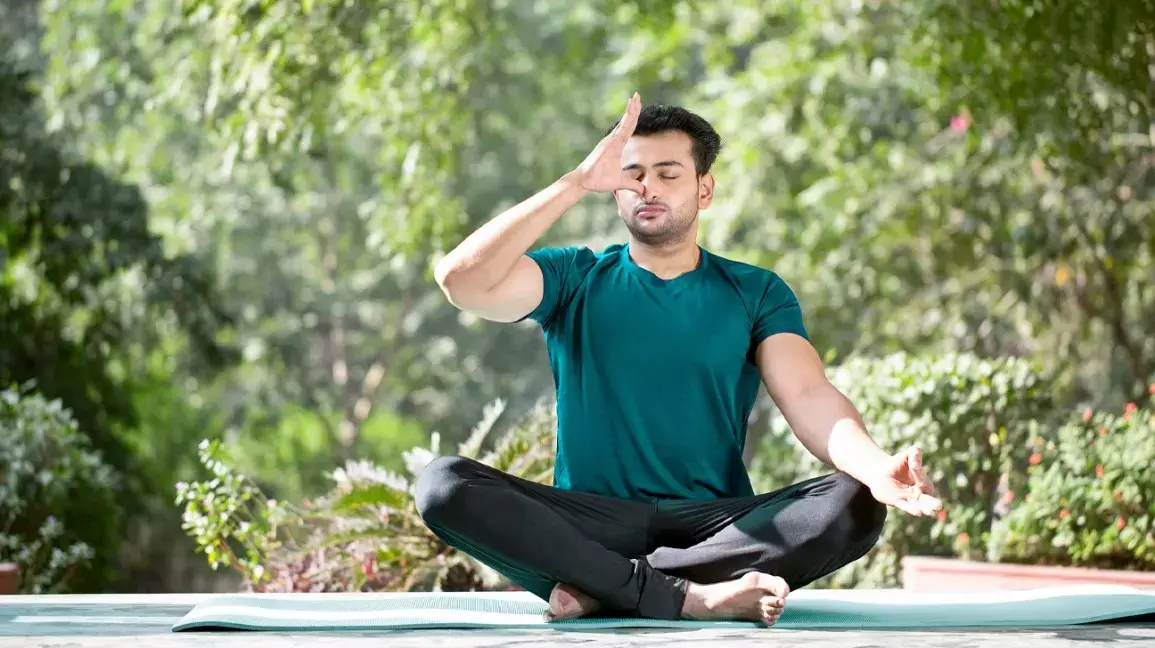- Home
- Medical news & Guidelines
- Anesthesiology
- Cardiology and CTVS
- Critical Care
- Dentistry
- Dermatology
- Diabetes and Endocrinology
- ENT
- Gastroenterology
- Medicine
- Nephrology
- Neurology
- Obstretics-Gynaecology
- Oncology
- Ophthalmology
- Orthopaedics
- Pediatrics-Neonatology
- Psychiatry
- Pulmonology
- Radiology
- Surgery
- Urology
- Laboratory Medicine
- Diet
- Nursing
- Paramedical
- Physiotherapy
- Health news
- Fact Check
- Bone Health Fact Check
- Brain Health Fact Check
- Cancer Related Fact Check
- Child Care Fact Check
- Dental and oral health fact check
- Diabetes and metabolic health fact check
- Diet and Nutrition Fact Check
- Eye and ENT Care Fact Check
- Fitness fact check
- Gut health fact check
- Heart health fact check
- Kidney health fact check
- Medical education fact check
- Men's health fact check
- Respiratory fact check
- Skin and hair care fact check
- Vaccine and Immunization fact check
- Women's health fact check
- AYUSH
- State News
- Andaman and Nicobar Islands
- Andhra Pradesh
- Arunachal Pradesh
- Assam
- Bihar
- Chandigarh
- Chattisgarh
- Dadra and Nagar Haveli
- Daman and Diu
- Delhi
- Goa
- Gujarat
- Haryana
- Himachal Pradesh
- Jammu & Kashmir
- Jharkhand
- Karnataka
- Kerala
- Ladakh
- Lakshadweep
- Madhya Pradesh
- Maharashtra
- Manipur
- Meghalaya
- Mizoram
- Nagaland
- Odisha
- Puducherry
- Punjab
- Rajasthan
- Sikkim
- Tamil Nadu
- Telangana
- Tripura
- Uttar Pradesh
- Uttrakhand
- West Bengal
- Medical Education
- Industry
Yogic Pranayama may help Reduce IOP in Open-Angle Glaucoma: Study

Currently, medical or surgical lowering of intraocular pressure is the only therapeutic approach for treating primary open-angle glaucoma. However, a recent study suggests that Yogic pranayama and diaphragmatic breathing are potential adjunctive therapies for patients with glaucoma. The study findings were published in the Journal of Glaucoma in February 2021 issue.
Results of the previous studies have shown positive effects of the yoga-based intervention on ocular outcomes and also on conditions such as asthma, hypertension, diabetes, obesity, and ageing. Intraocular pressure maintenance is influenced by autonomic activity (sympathetic and parasympathetic). "Yogic pranayama" and "diaphragmatic breathing" are exercises that can affect autonomic activity by stimulating a wakeful hypometabolic state of parasympathetic dominance. Researchers of the All India Institute of Medical Sciences (AIIMS), Uttarakhand, India conducted a study to assess the effect of yogic pranayama and diaphragmatic breathing on intraocular pressure to determine whether it can be recommended for individuals with established glaucoma in combination with glaucoma medication as adjuvant therapy.
It was a prospective, randomized trial in 90 patients with primary open-angle glaucoma. The researchers randomly assigned the patients to receive either the control or yogic pranayama and diaphragmatic breathing exercise group. They advised patients to practice yogic pranayama and diaphragmatic breathing daily for 6 months in the intervention group. They measured the intraocular pressure at presentation and subsequently after 1, 3, and 6 months.
Key findings of the study were:
- Upon analysis, the researchers found that compared with the wait-list group, the yogic pranayama and diaphragmatic breathing exercise group had significantly lowered intraocular pressure
♦ Right eye: 20.85±3.39 to 14.90±2.86 mm Hg;
♦ Left eye: 20.30±4.12 to 14.25±3.85 mm Hg.
The authors concluded, "Yogic pranayama and diaphragmatic breathing exercises can reduce intraocular pressure in patients with primary open-angle glaucoma and can therefore be recommended as an adjuvant therapy."
For further information:
Medical Dialogues Bureau consists of a team of passionate medical/scientific writers, led by doctors and healthcare researchers. Our team efforts to bring you updated and timely news about the important happenings of the medical and healthcare sector. Our editorial team can be reached at editorial@medicaldialogues.in.
Dr Kamal Kant Kohli-MBBS, DTCD- a chest specialist with more than 30 years of practice and a flair for writing clinical articles, Dr Kamal Kant Kohli joined Medical Dialogues as a Chief Editor of Medical News. Besides writing articles, as an editor, he proofreads and verifies all the medical content published on Medical Dialogues including those coming from journals, studies,medical conferences,guidelines etc. Email: drkohli@medicaldialogues.in. Contact no. 011-43720751


